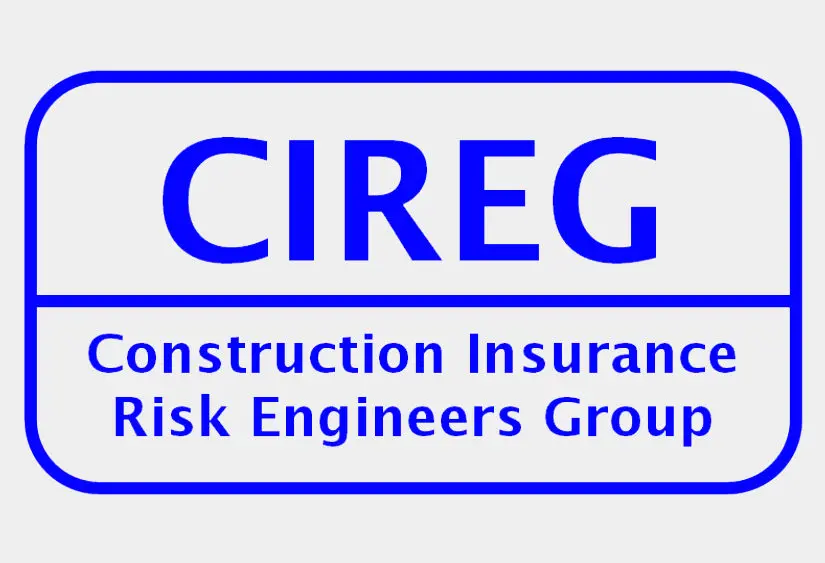The Construction Insurance Risk Engineers Group (CIREG) have released advice on the mitigation of escape of water risks on buildings undergoing construction and refurbishment during design and construction phases.
It details some of the ways the industry can tackle the root cause of the escape of water and suggests ways in which organisations can mitigate the effects should an incident occur.
“A large number of losses have occurred in the final weeks of projects, once susceptible fit-out elements have been installed. Insurers’ approach to escape water risks is, consequently, undergoing a hardening stance. This has increased the prospect of higher insurance costs, stipulations for controls to be implemented during the construction period and increasing excesses in the event of a loss.”
“Historic evidence suggests that reliance on visual leak detection and manual isolation following an escape of water is wholly inadequate. The use of automated systems to detect and isolate charged pipework has proven successful, with manual monitoring and intervention being a complementary second line of defence.”
“Designers should specify automatic flow monitoring and automatic shut-off devices in the operational building. Whilst this guidance focuses on risks associated with construction, property insurers are seeing a similar increase in the frequency and severity of escape of water events.”
“The incorporation of permanent water management devices could improve the availability of insurance and may have a favourable influence on price and the conditions imposed. Selection of water management devices at the earliest design stages can also reduce the installation costs associated with retrofitting devices. There can be additional environmental benefits and cost savings.”
Aquilar can provide systems in line with CIREG best practice guidelines, such as the AT-PIR-SOV system, which automatically shuts off the flow of water when areas are unoccupied. Also, the AT-WM can monitor mains incoming supplies and shut-off the water if the pre-determined flow rate goes above normal usage parameters.
CIREG also mention “Temporary water leak detection to be provided at the foot of each service riser.” The cost-effective Eco-1 alarm panel can monitor small lengths of sensing cable or probes installed in the base of risers. The AquiWave wireless system can also be installed quickly and removed if not required after the construction phase.


